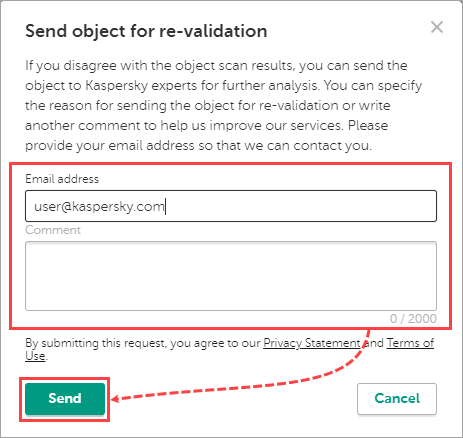False detections by Kaspersky products. What to do?
A false detection, or a false positive, is a case of incorrect detection of a clean file or website as infected.
Unfortunately, manufacturers of security solutions cannot avoid false detection. At Kaspersky, we continuously improve the product testing system and strive to decrease the number of false positives. However, it is impossible to completely avoid such cases, as new threats arise every moment.
Kaspersky delivers fast reaction to the new threats by providing the users with hourly database updates (which include the signatures of threats).
A questionable alternative to this approach is longer reaction time. With the reaction time increased, the users may receive necessary updates when the new malware has already infiltrated their computers and inflicted damage (for example, has stolen the bank account details, credit card numbers and so on). In this case, the trade-off between the protection reliability and the amount of false detections is necessary and we try to achieve the best compromise.
What to do by false detections
If a Kaspersky application blocks your website or application, follow the instructions from
If you suspect a false positive:
- Check the file or the website using OpenTip.
- If you do not agree with the results, send the object for further analysis to Kaspersky specialists. To do this, click Submit to reanalyze on the results page.

- Enter your email address so that we can contact you if necessary. Click Send.

If you experience any problems uploading the file, use a different browser or open OpenTip in incognito mode.